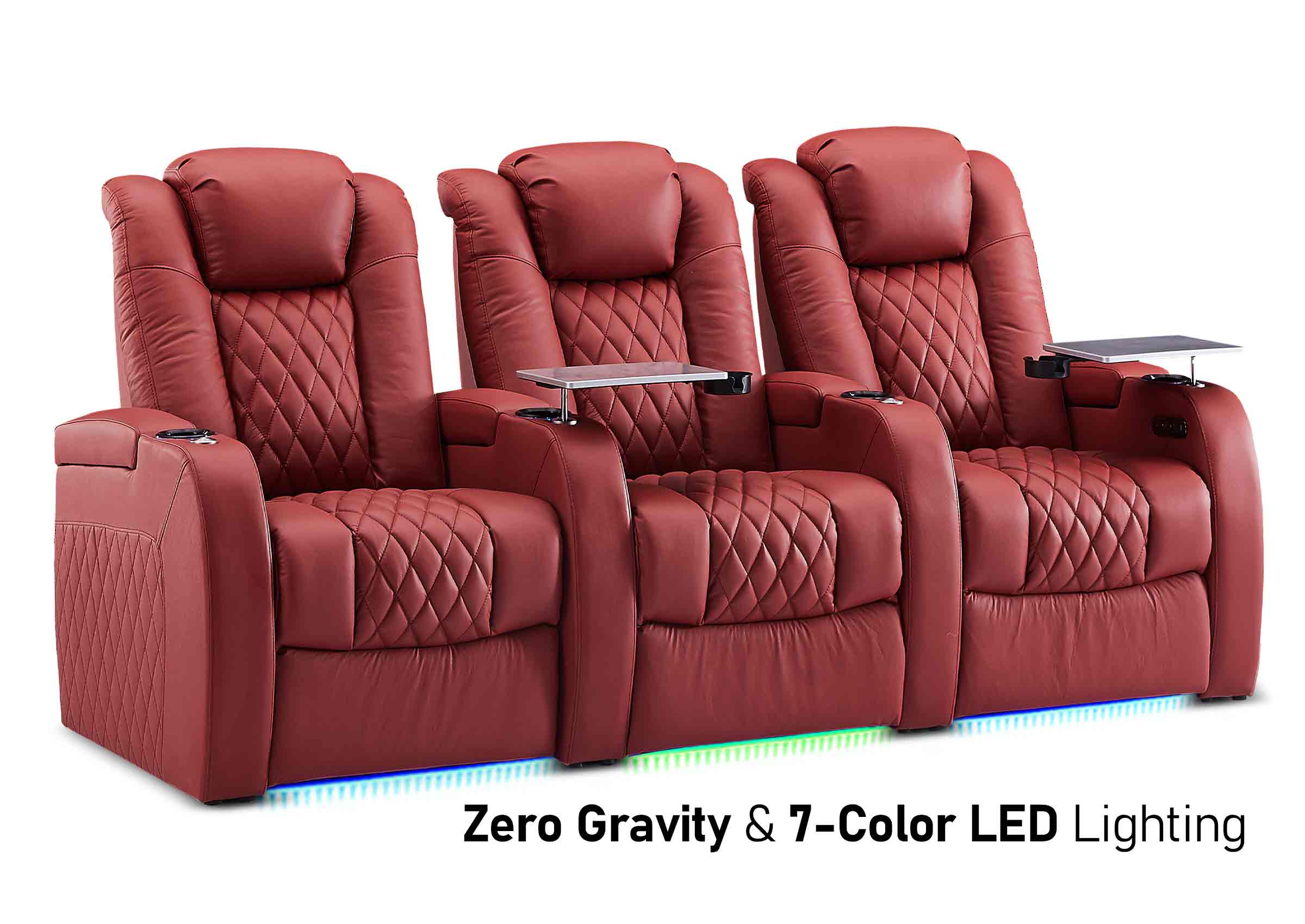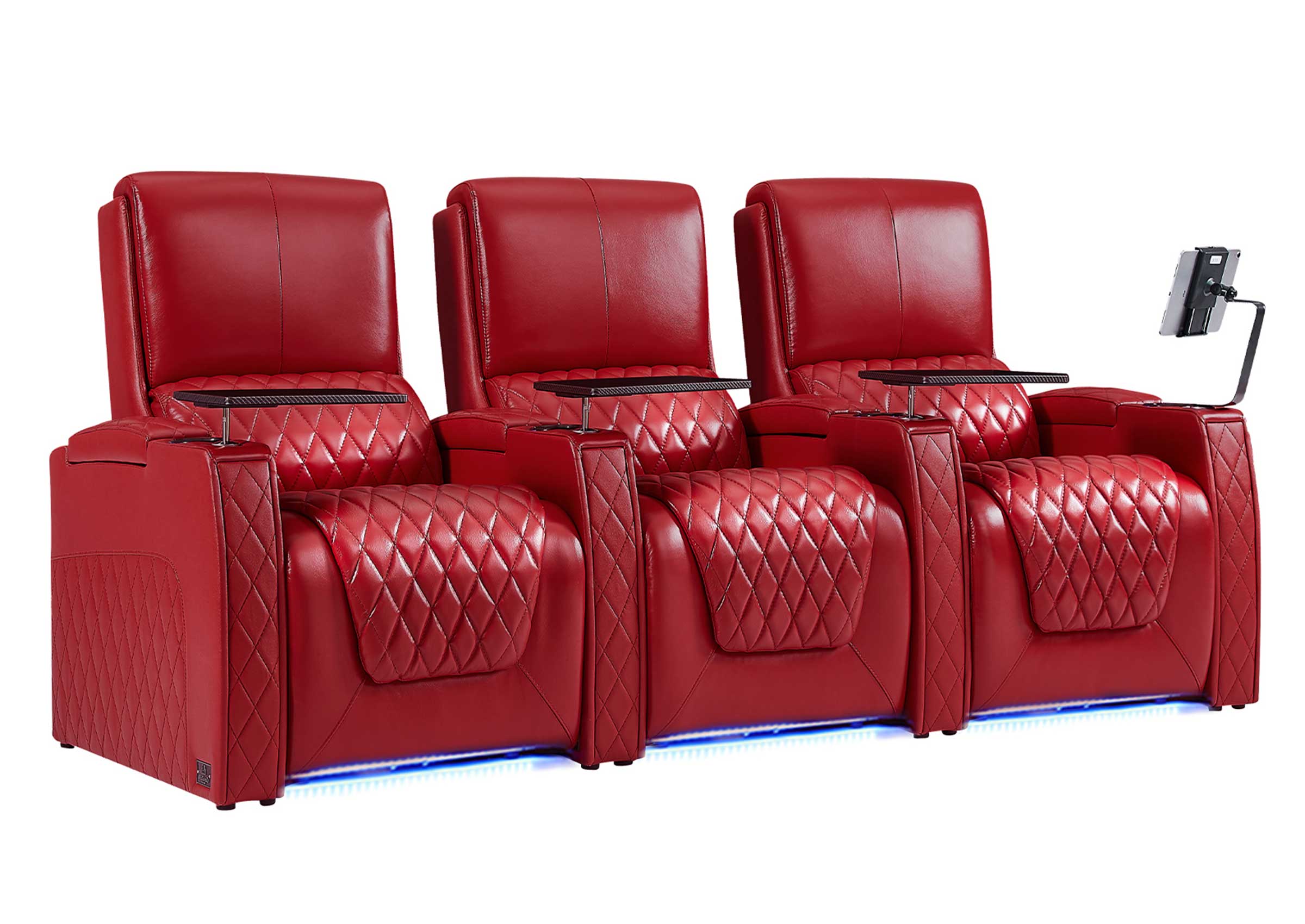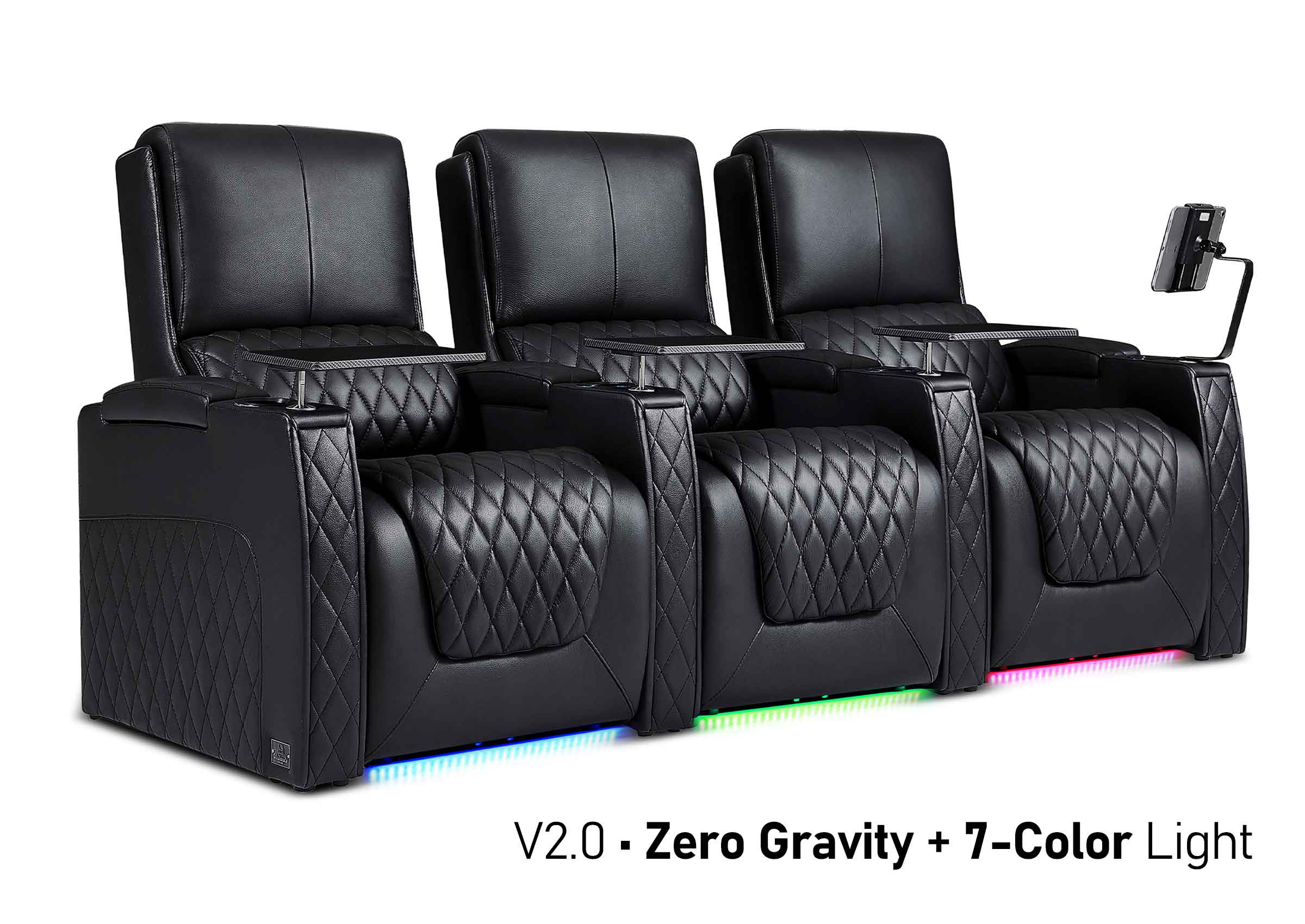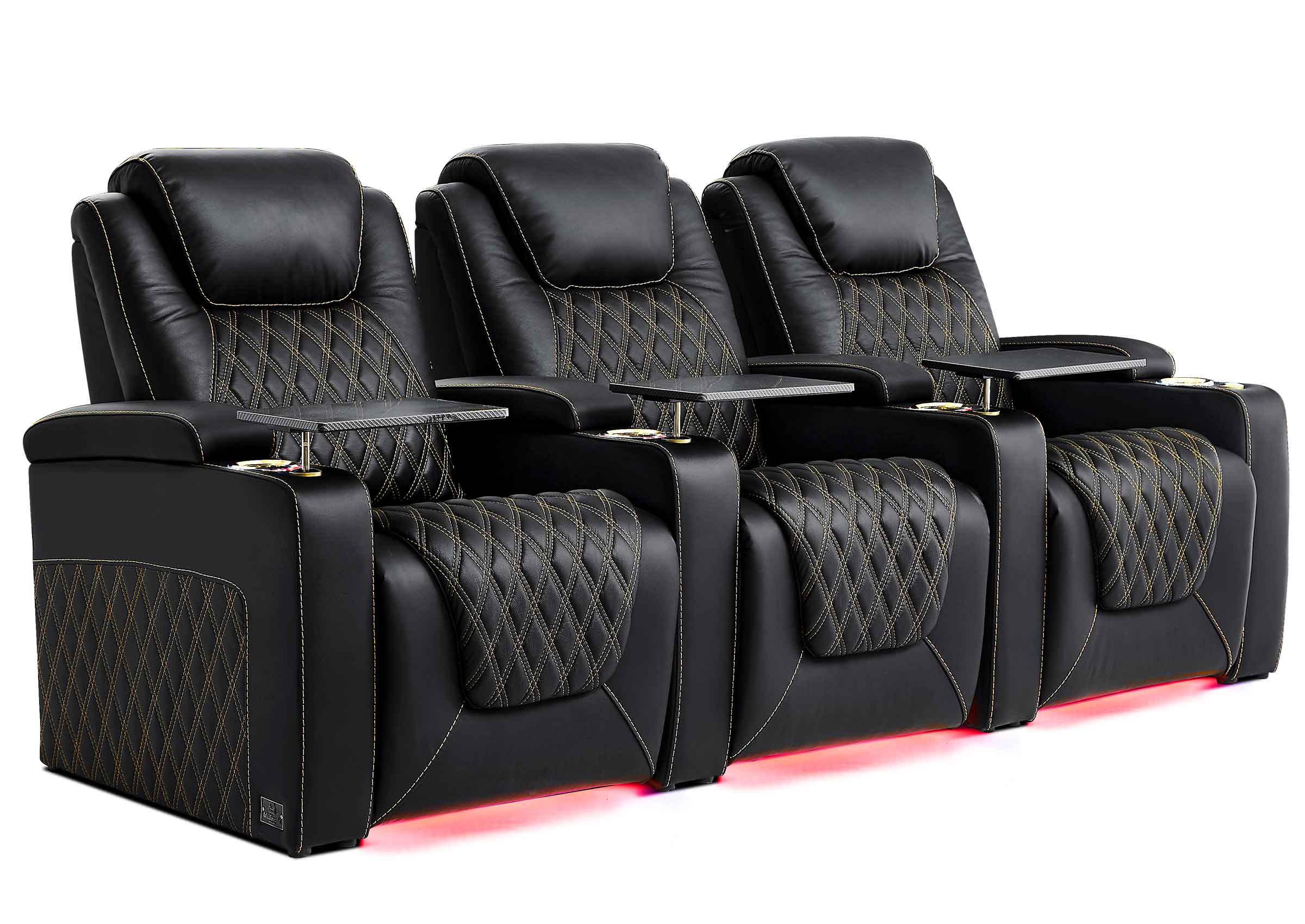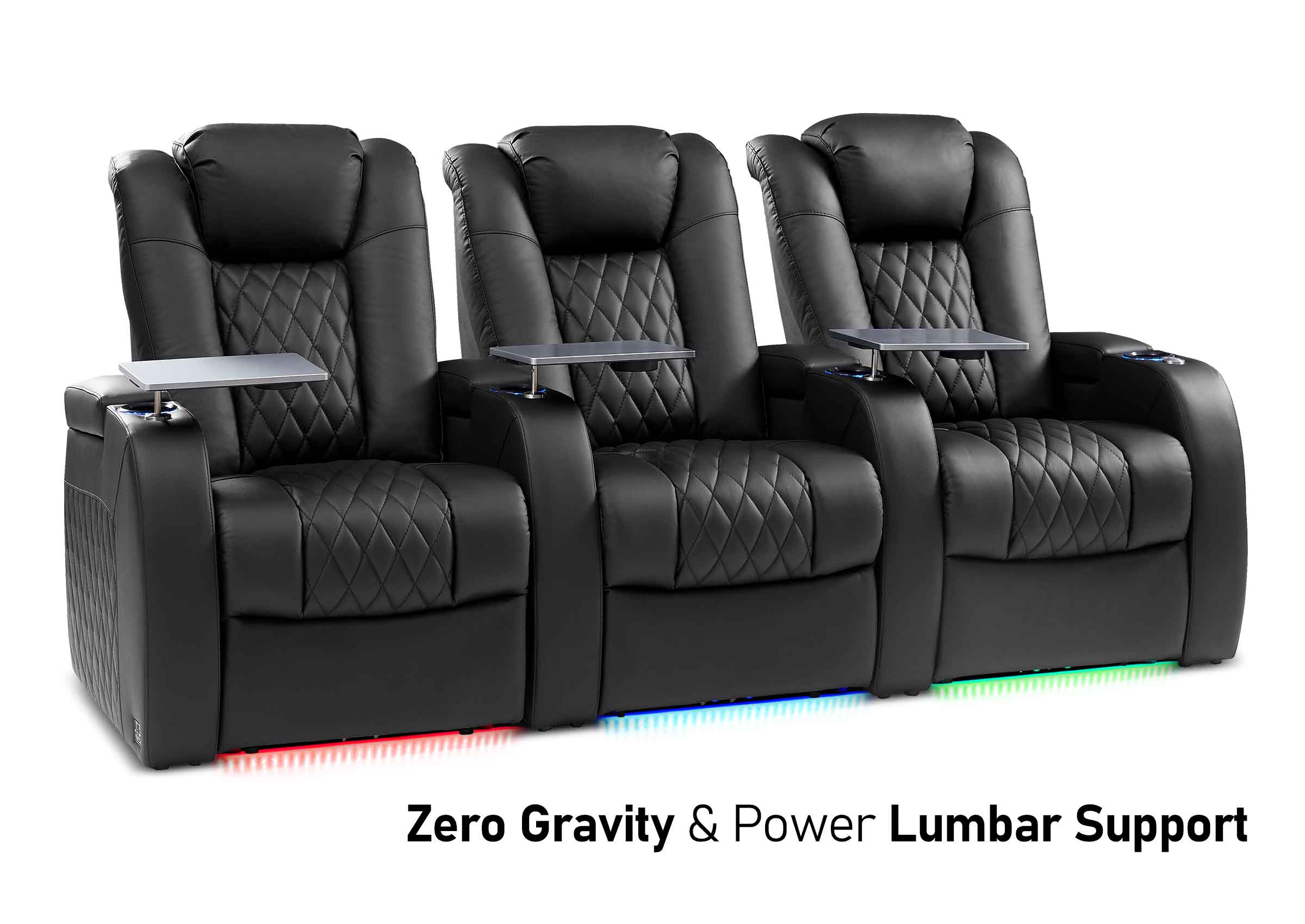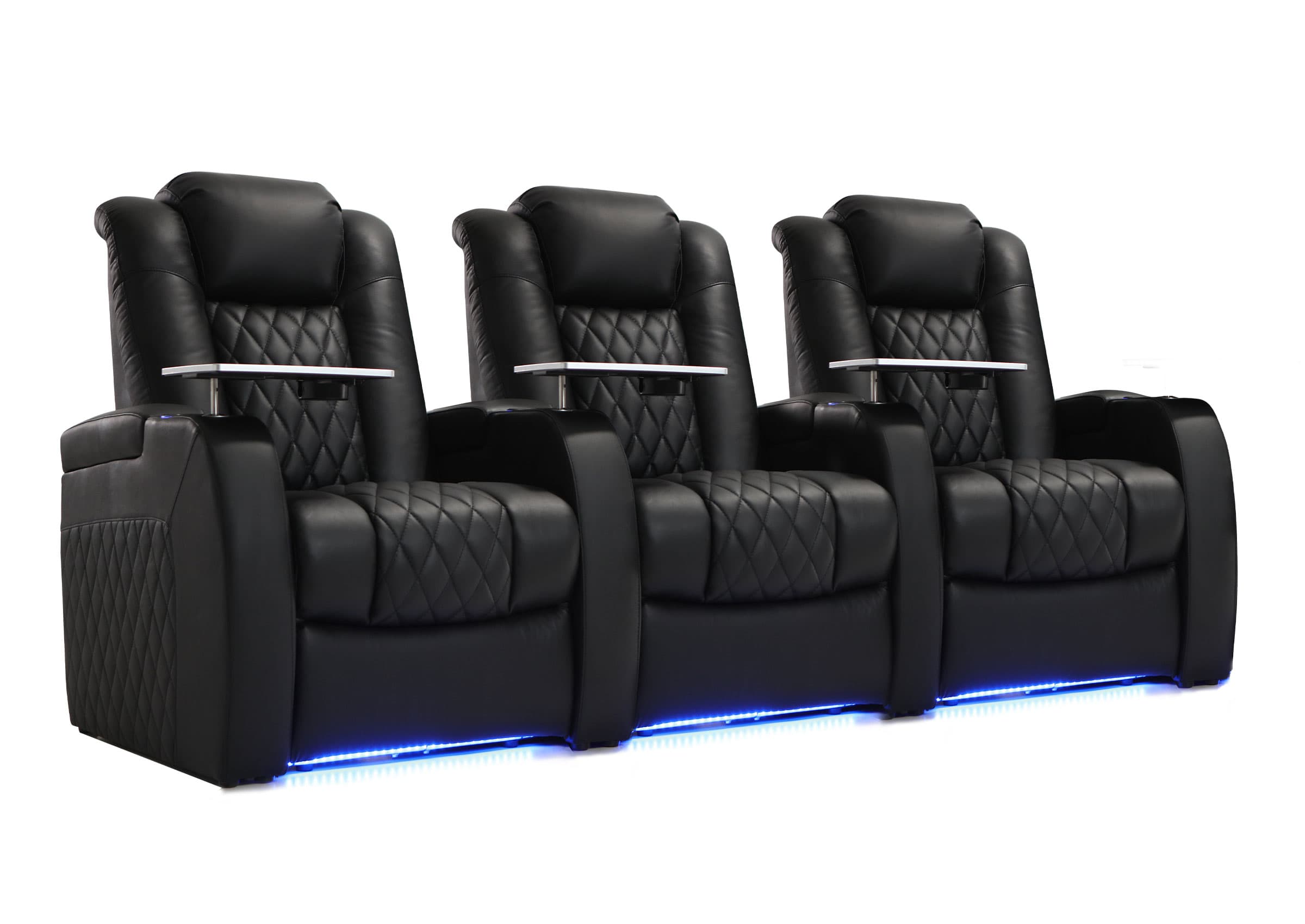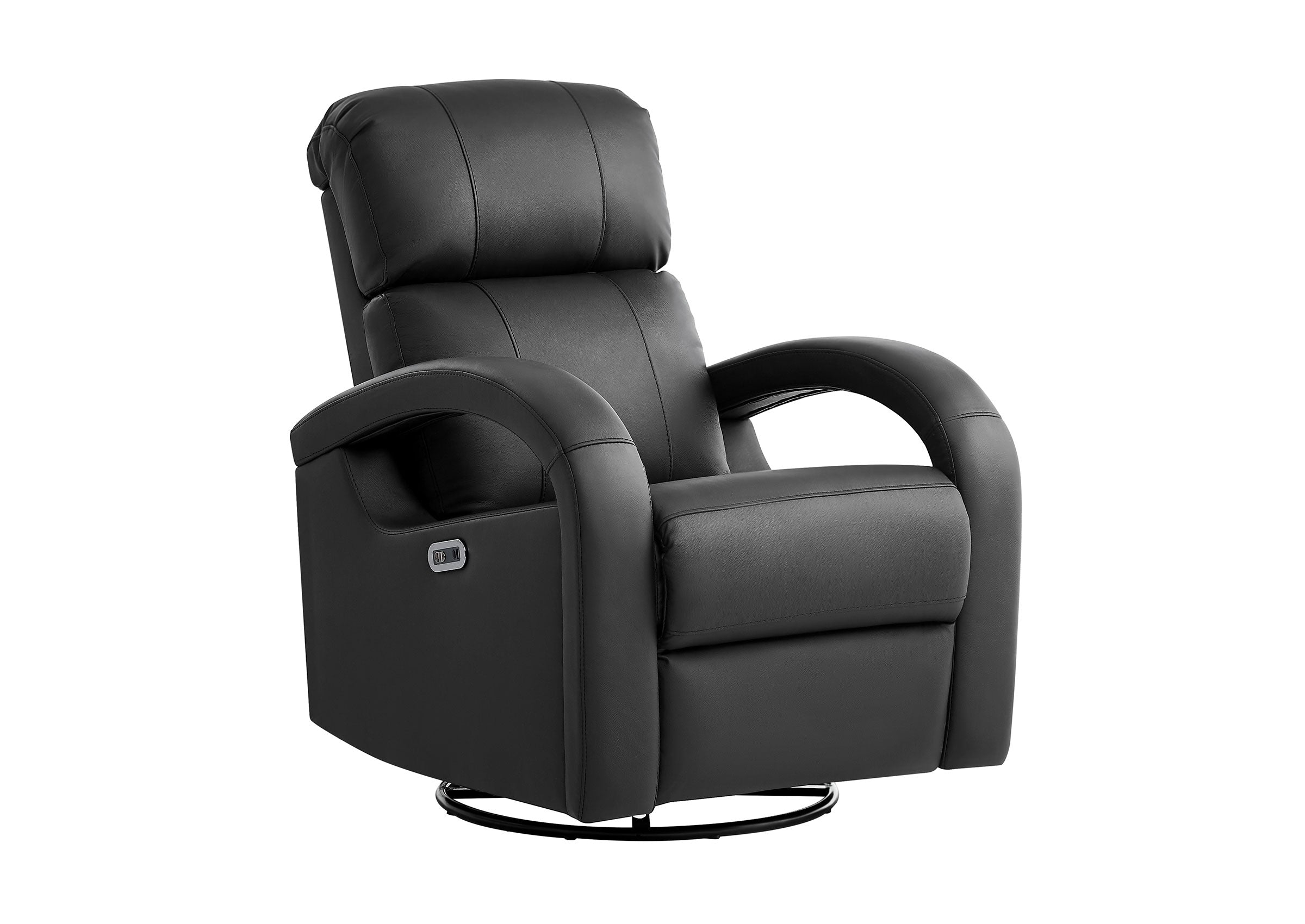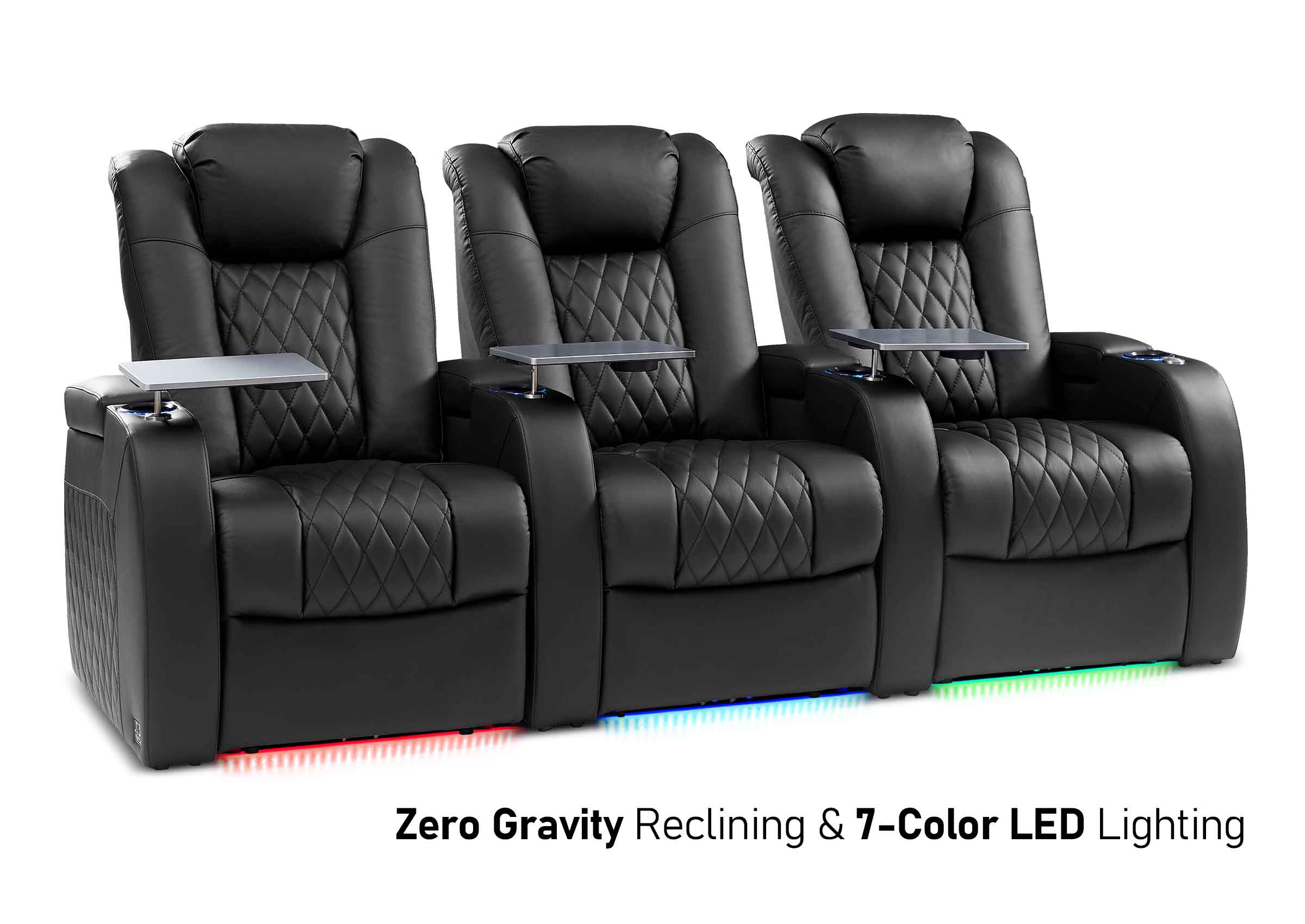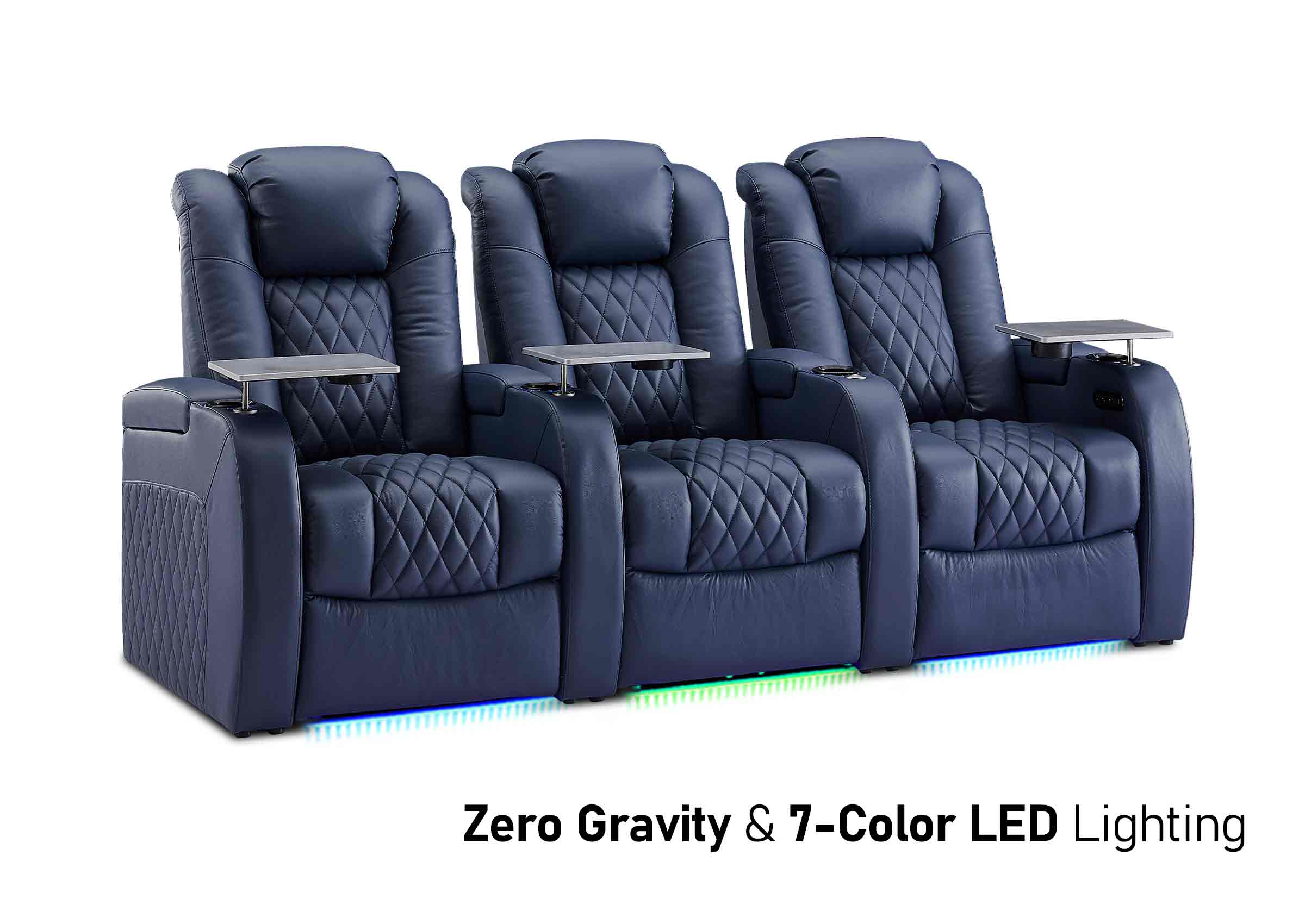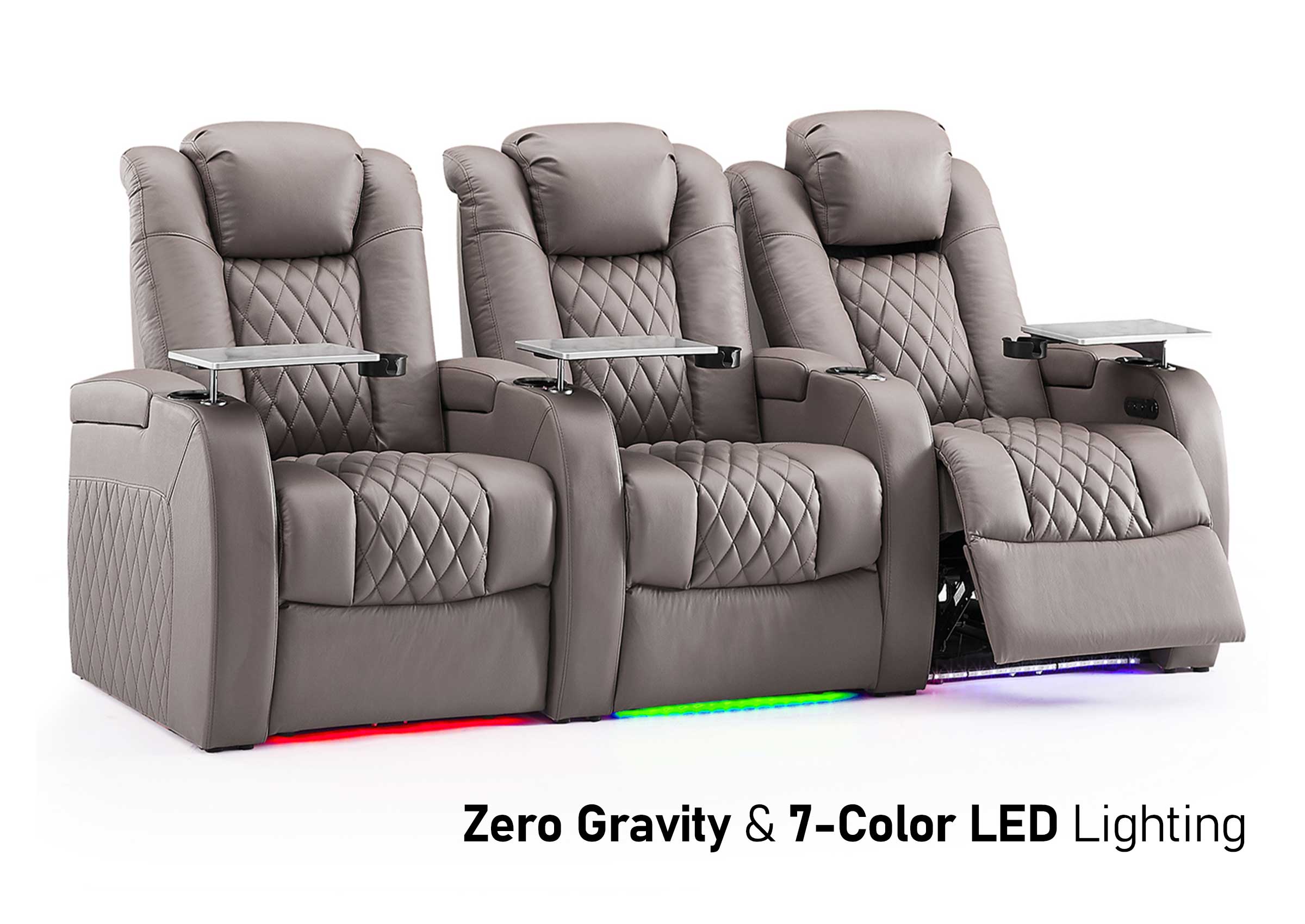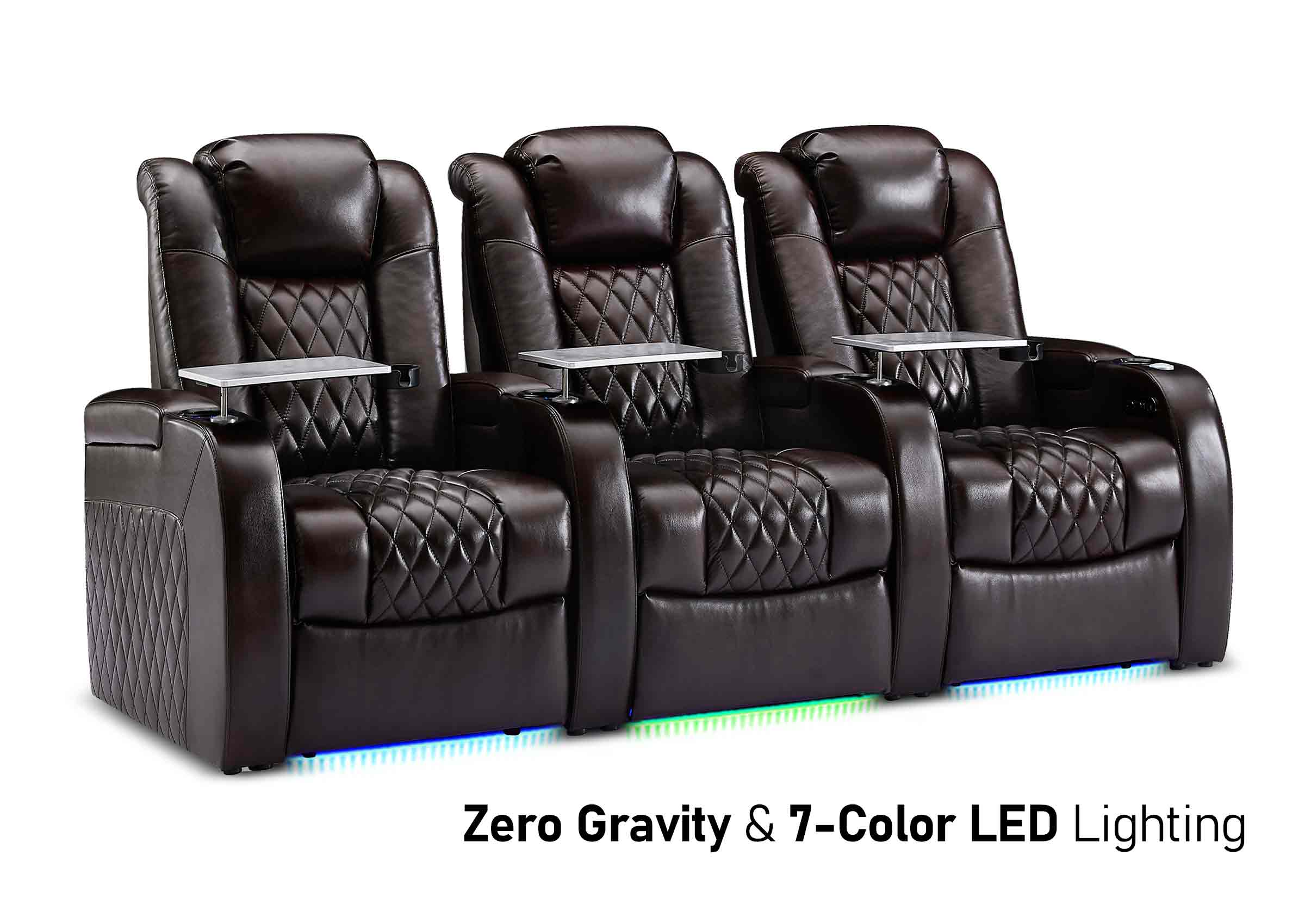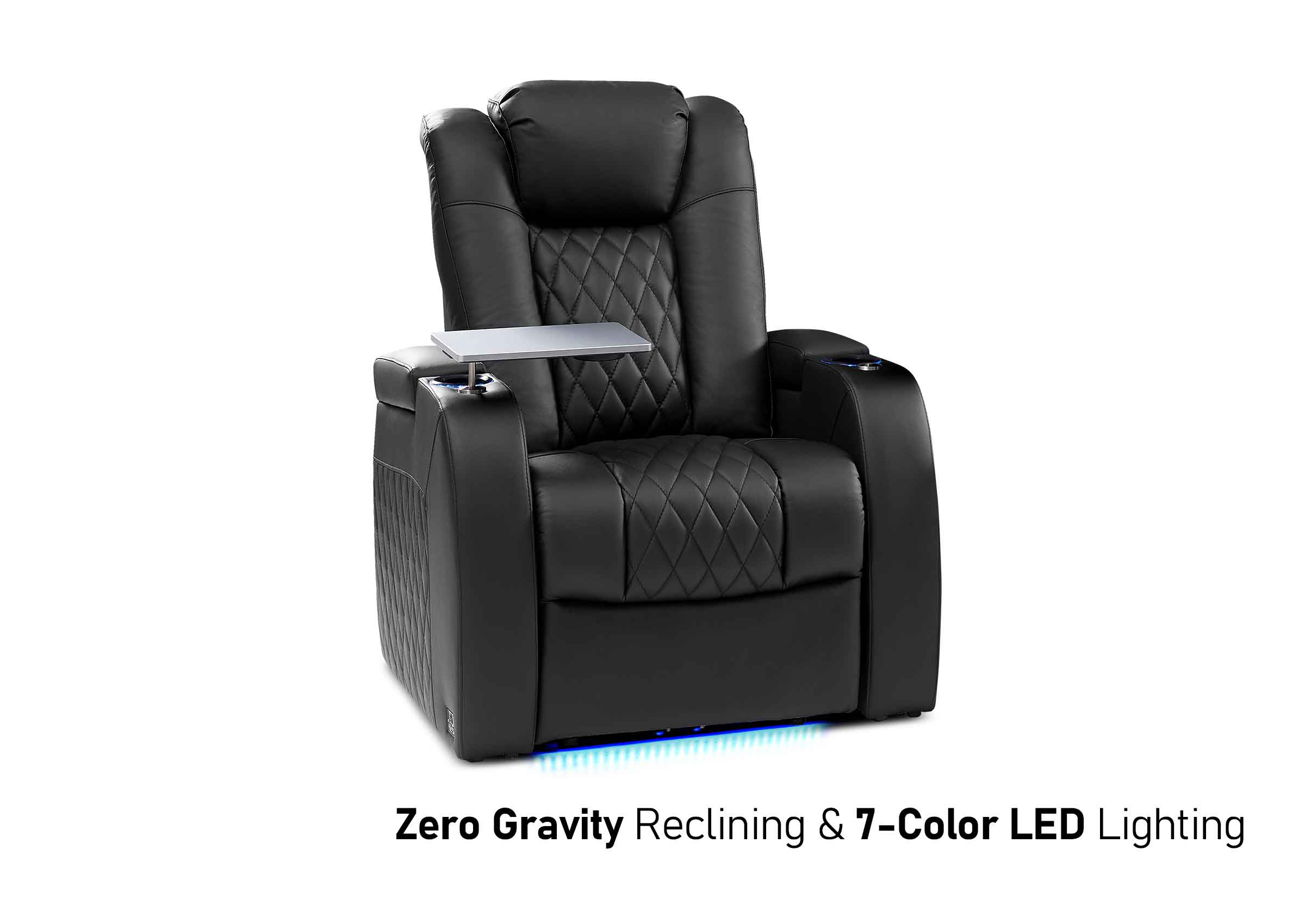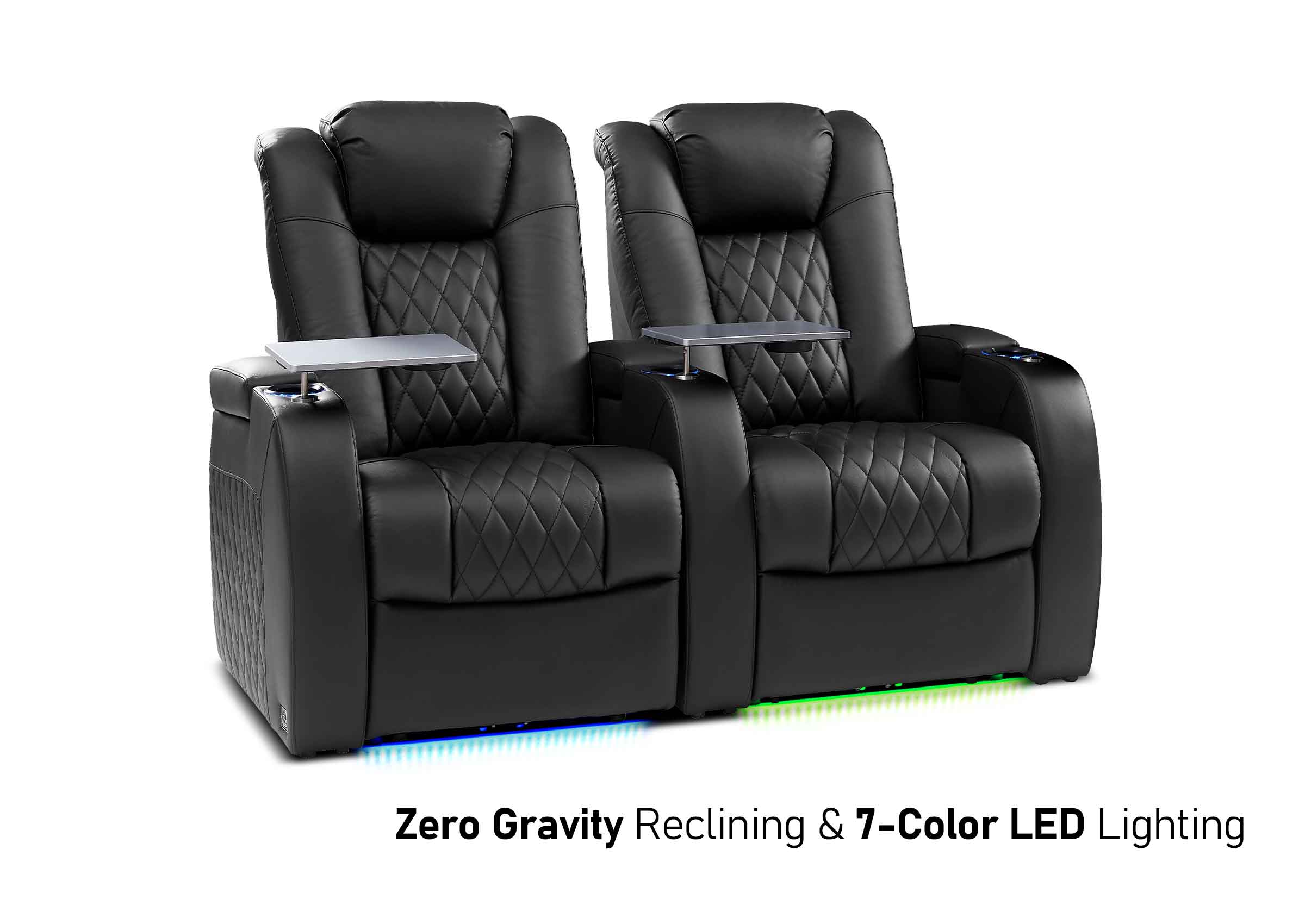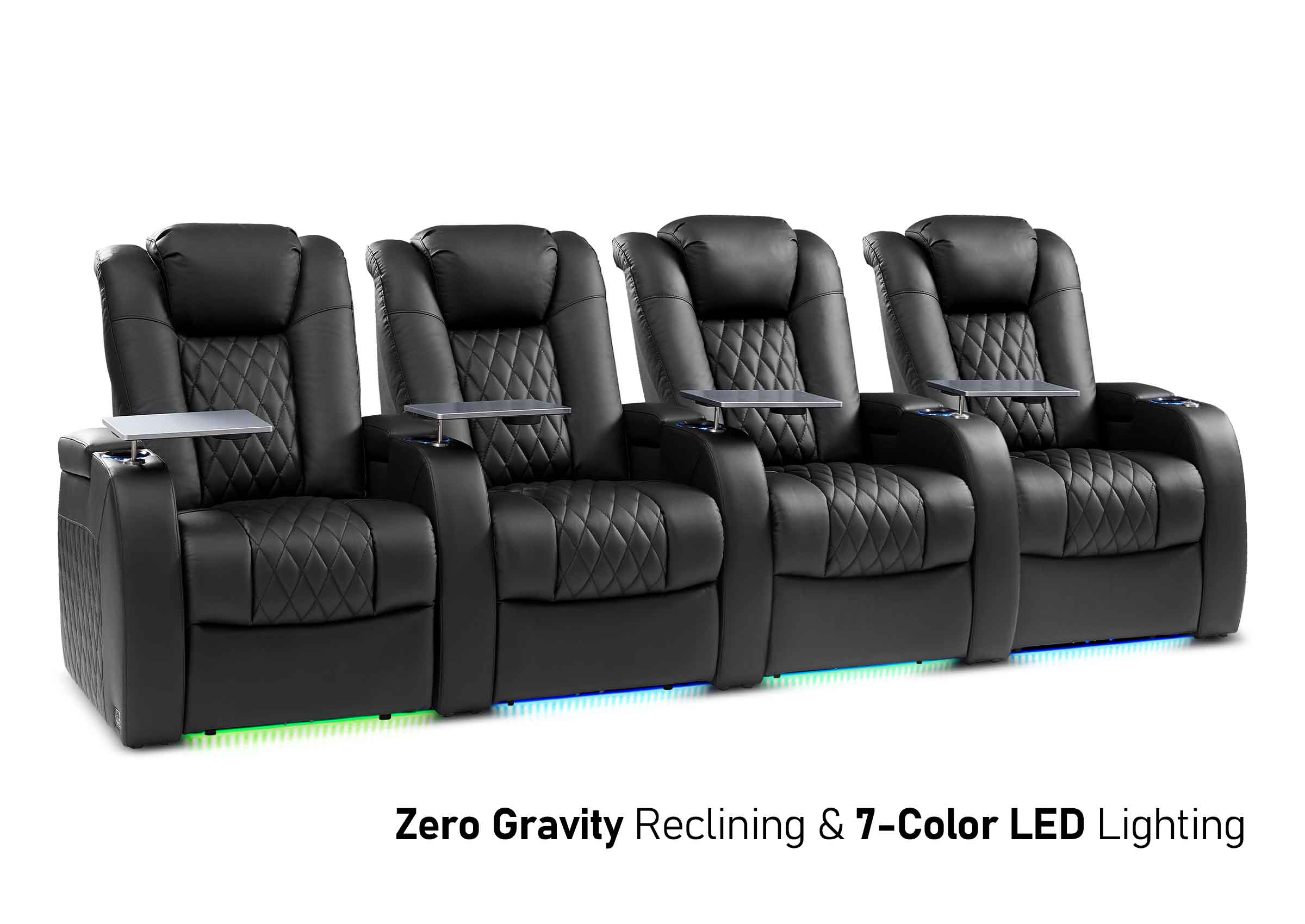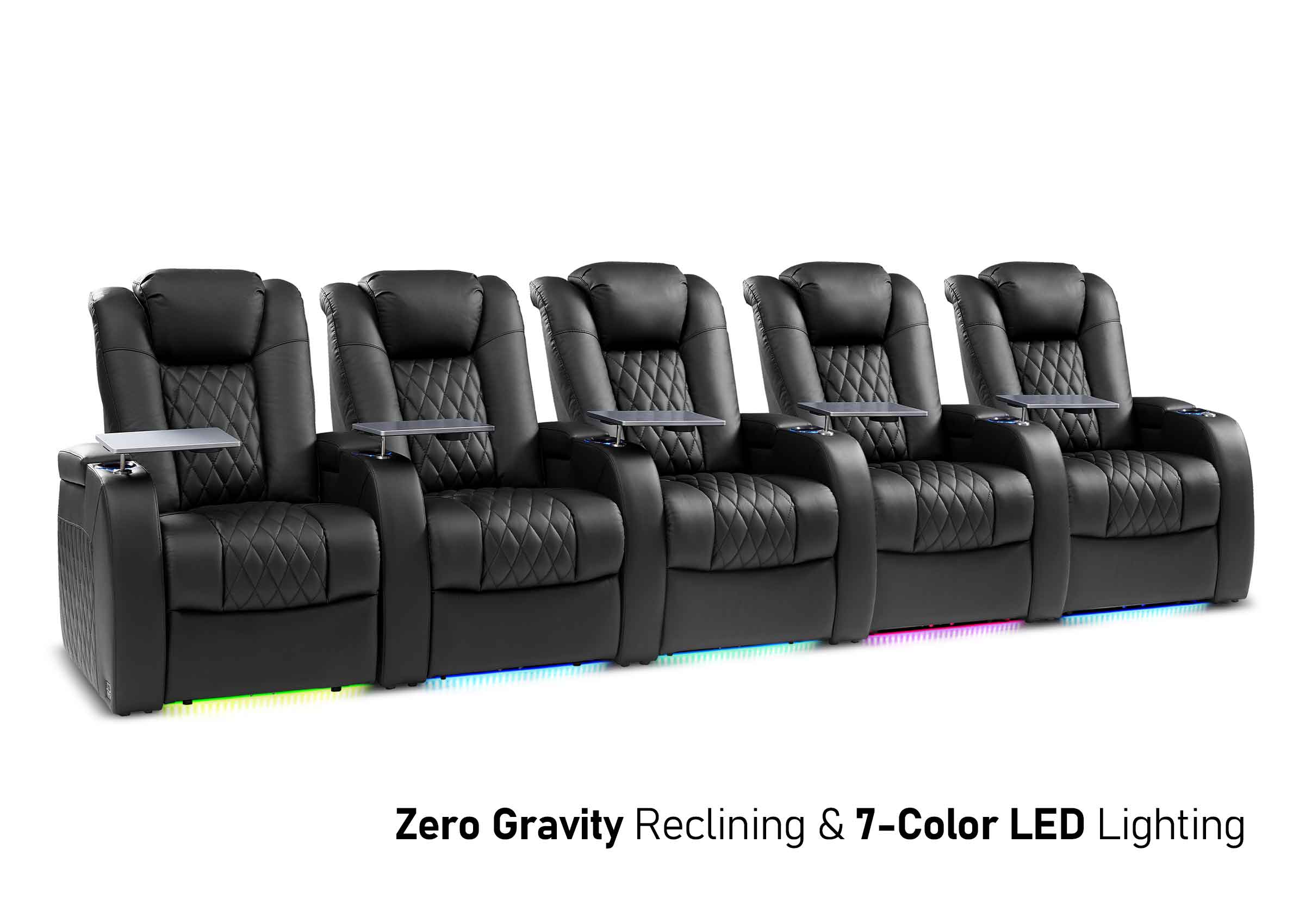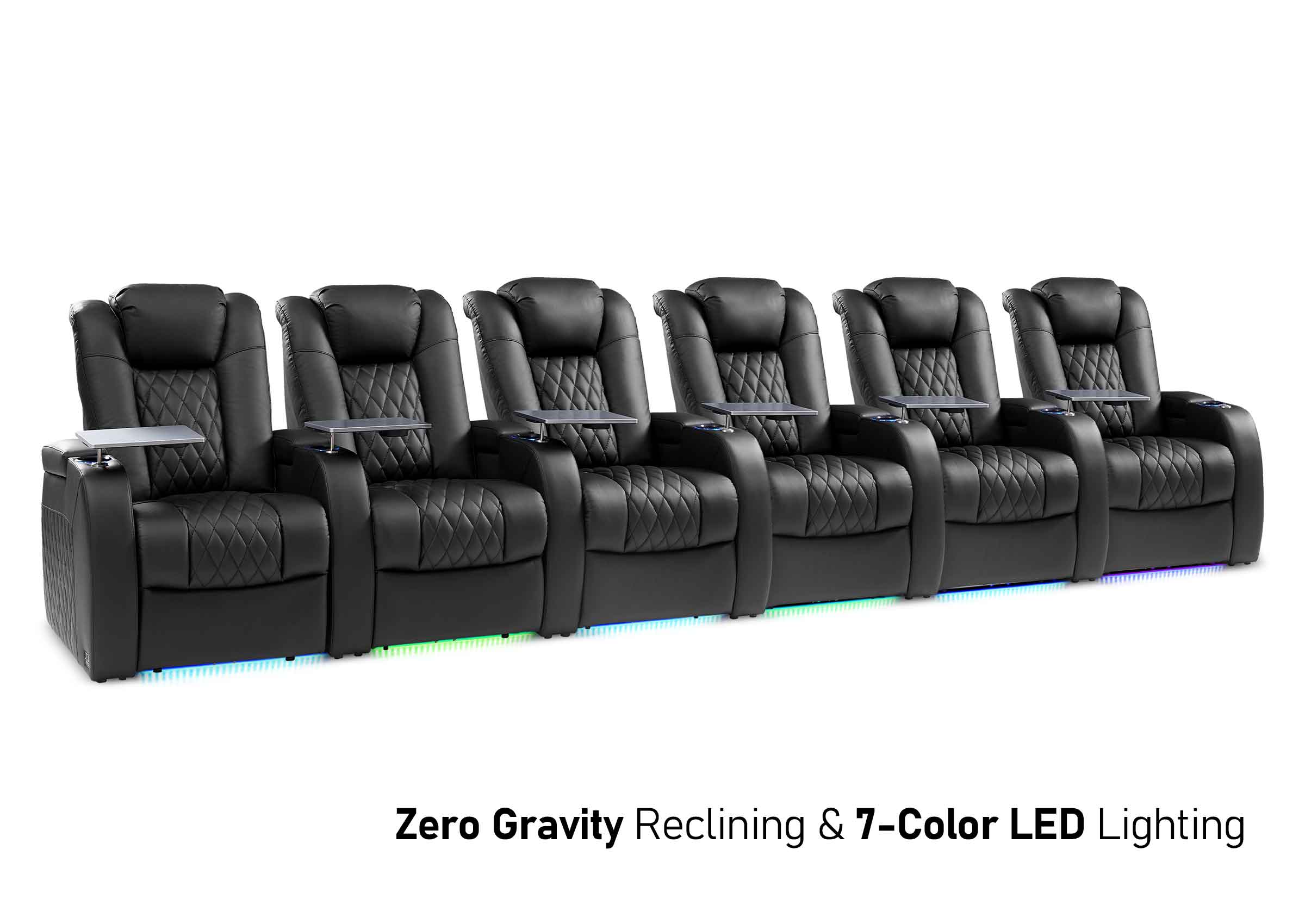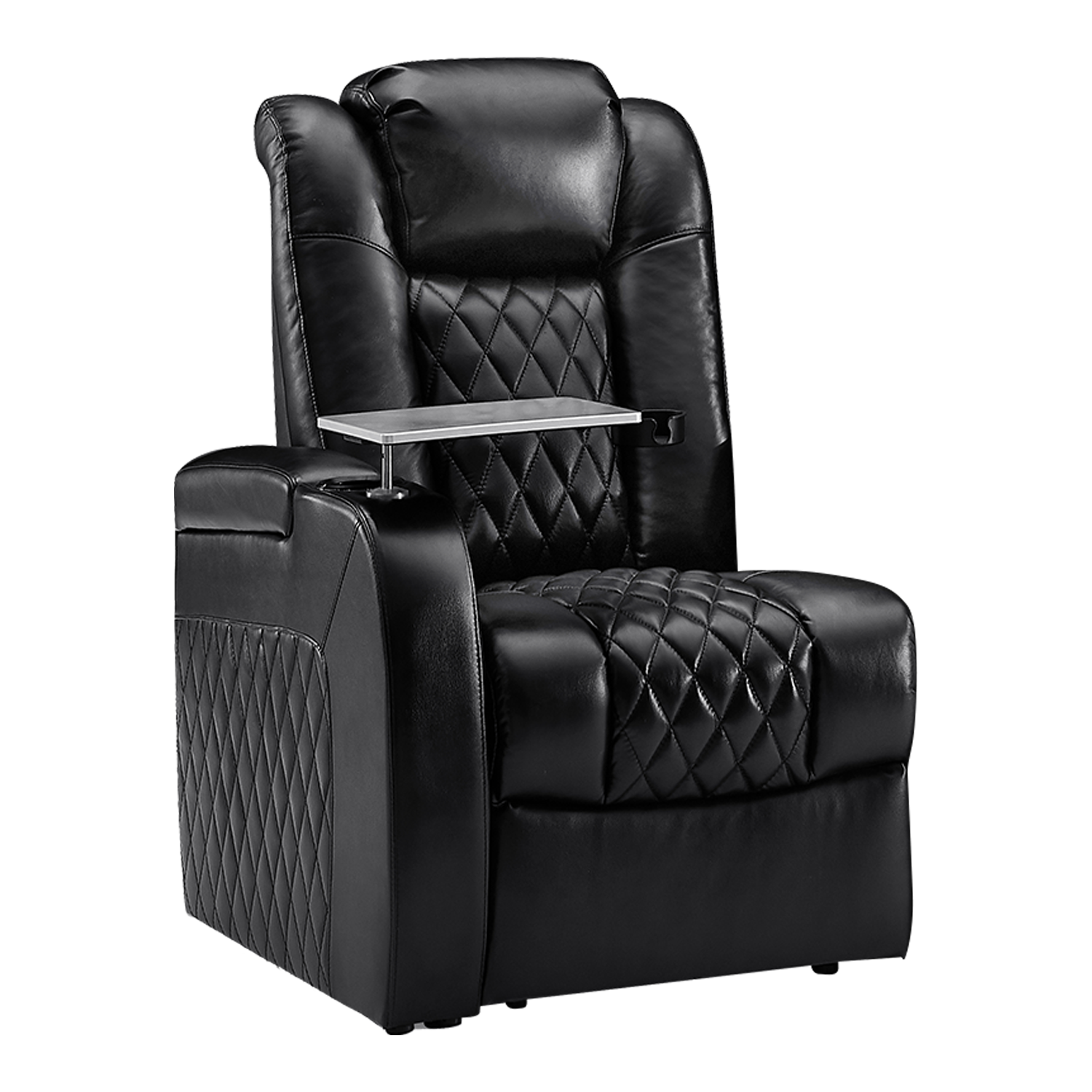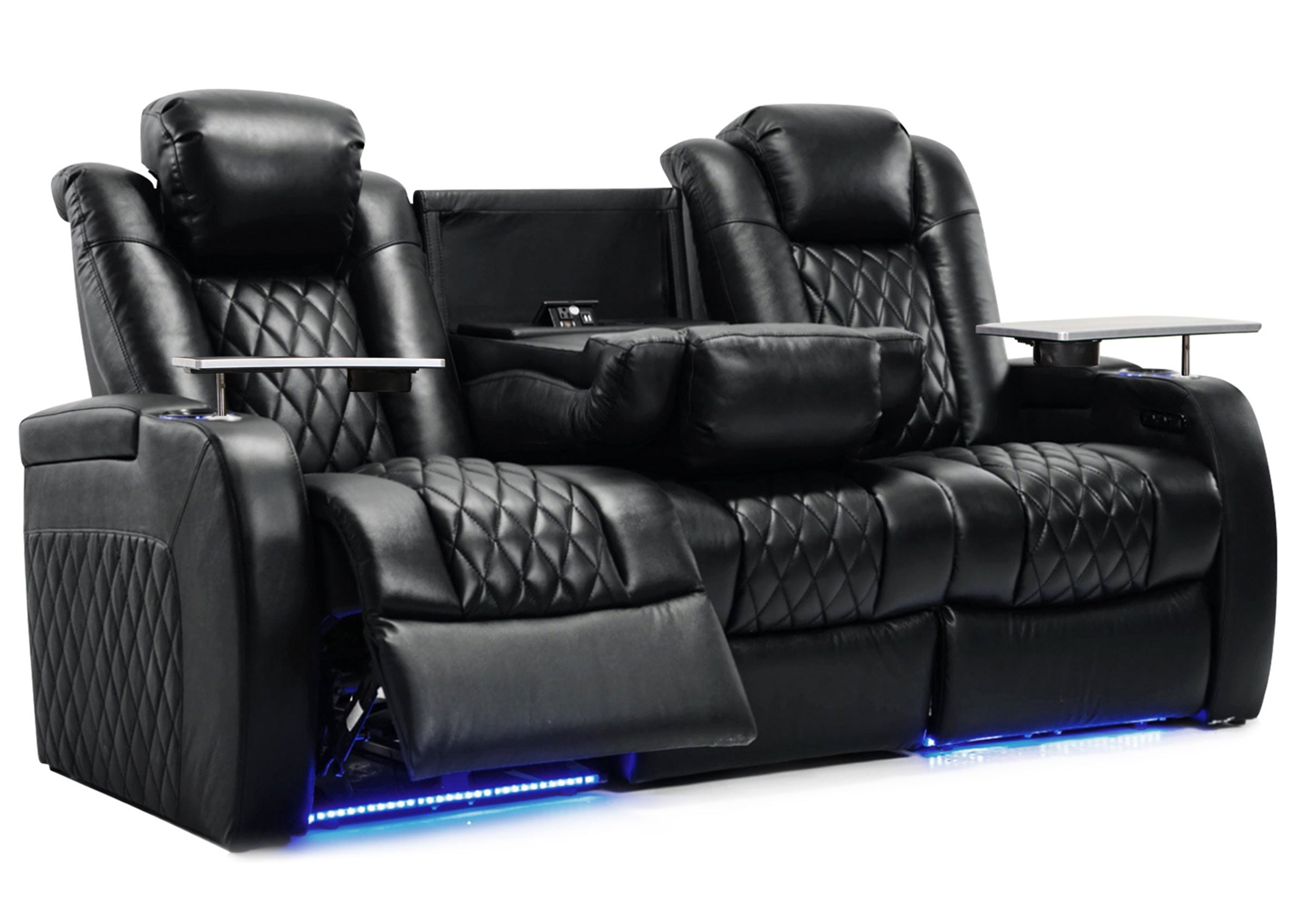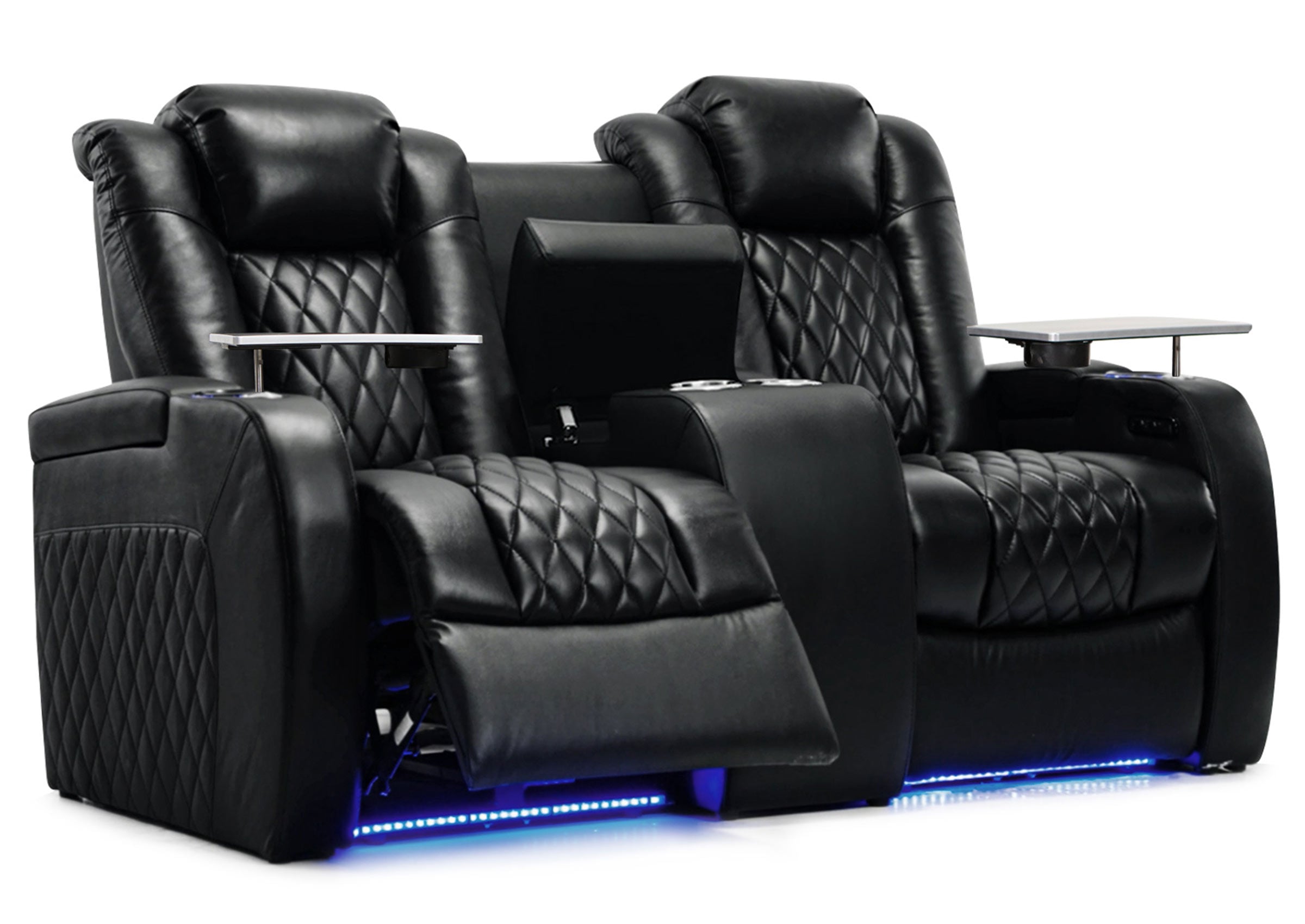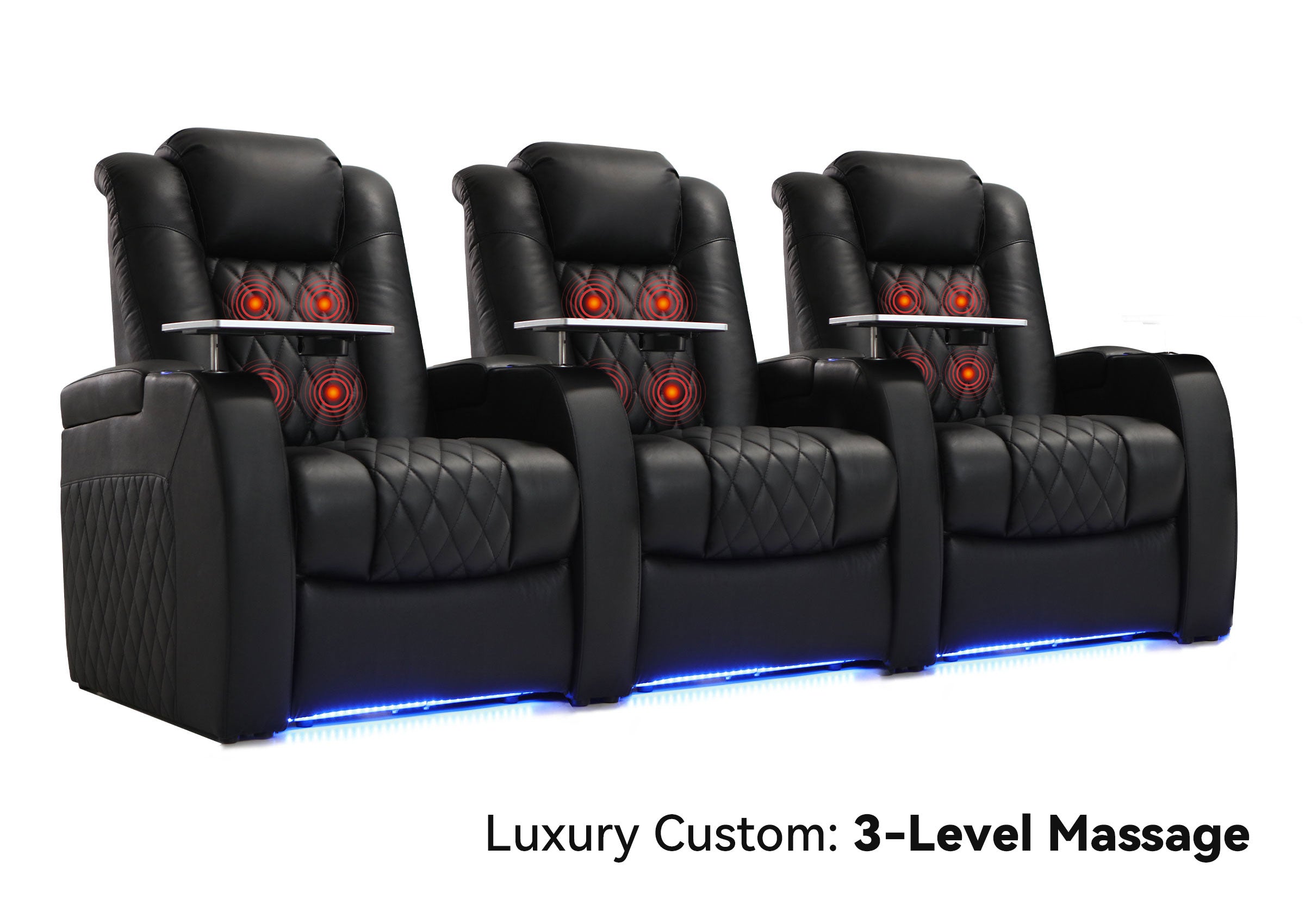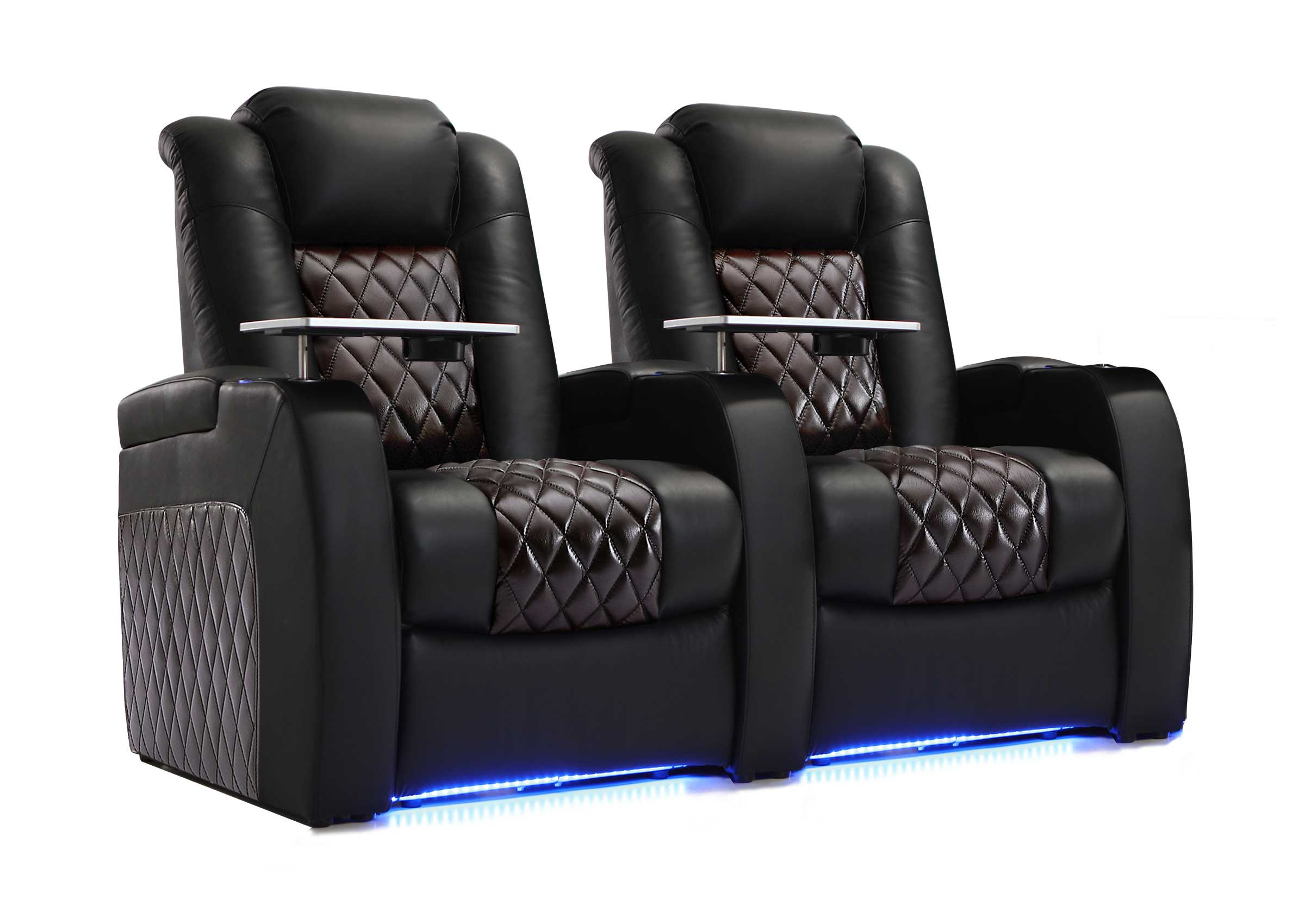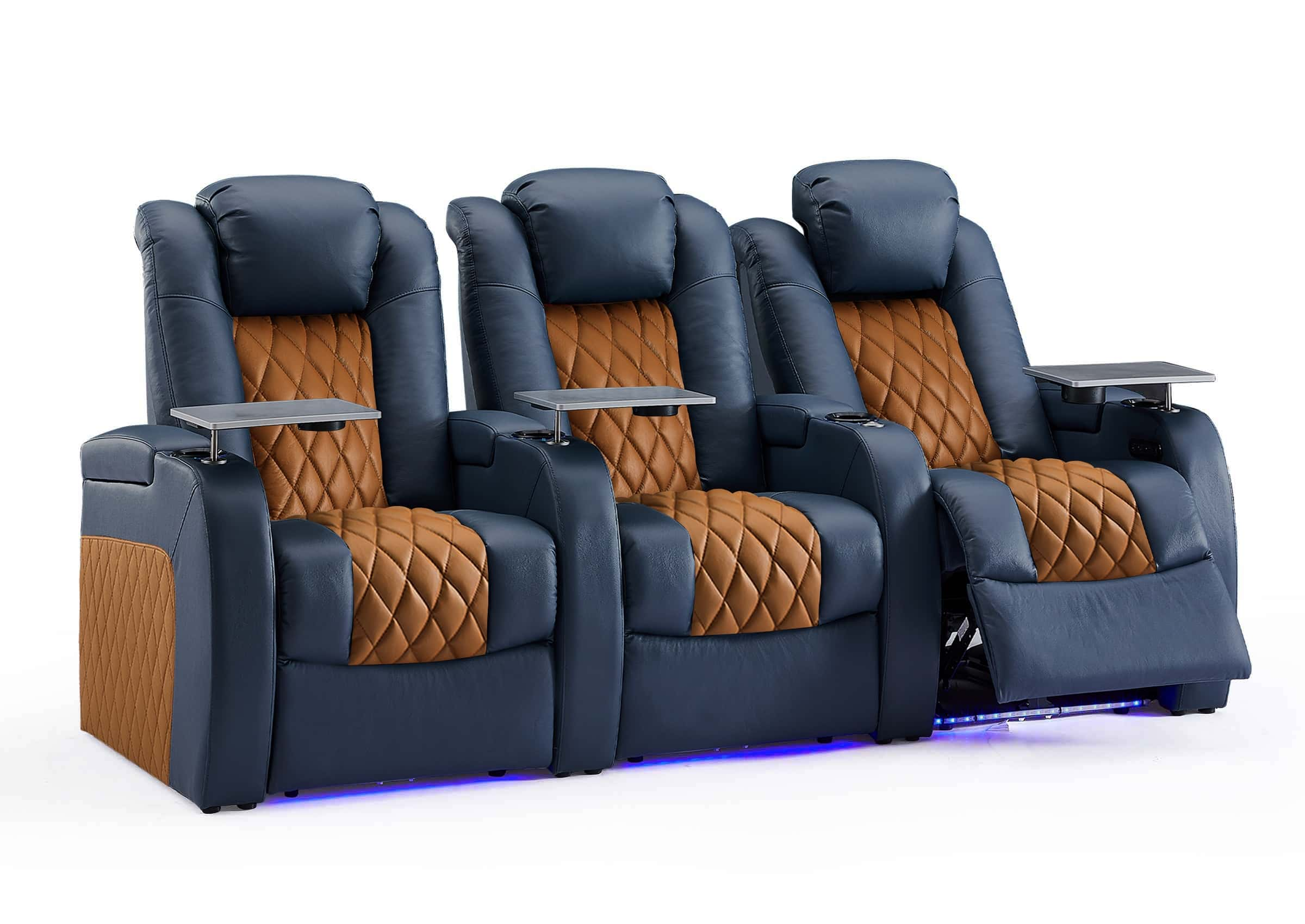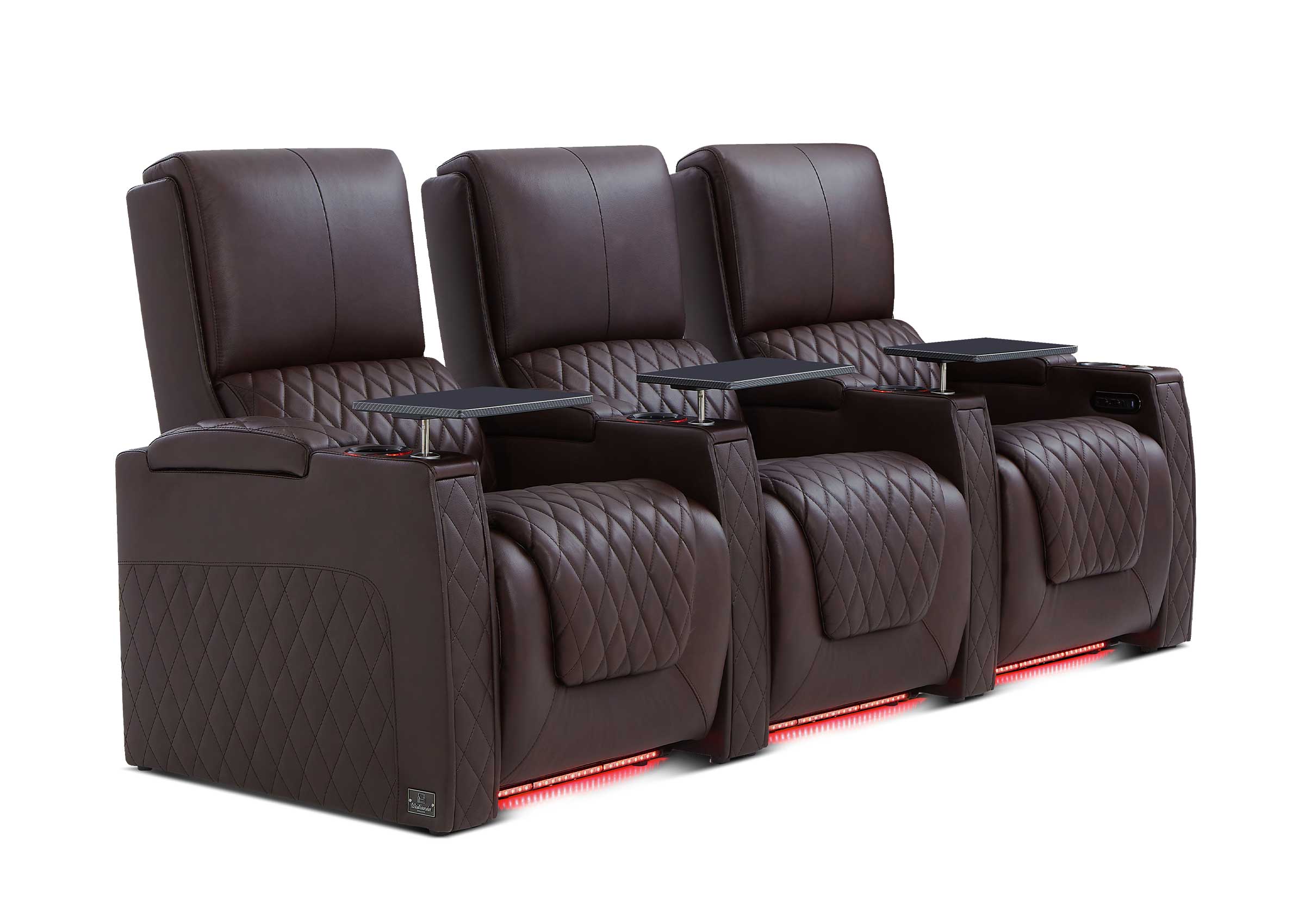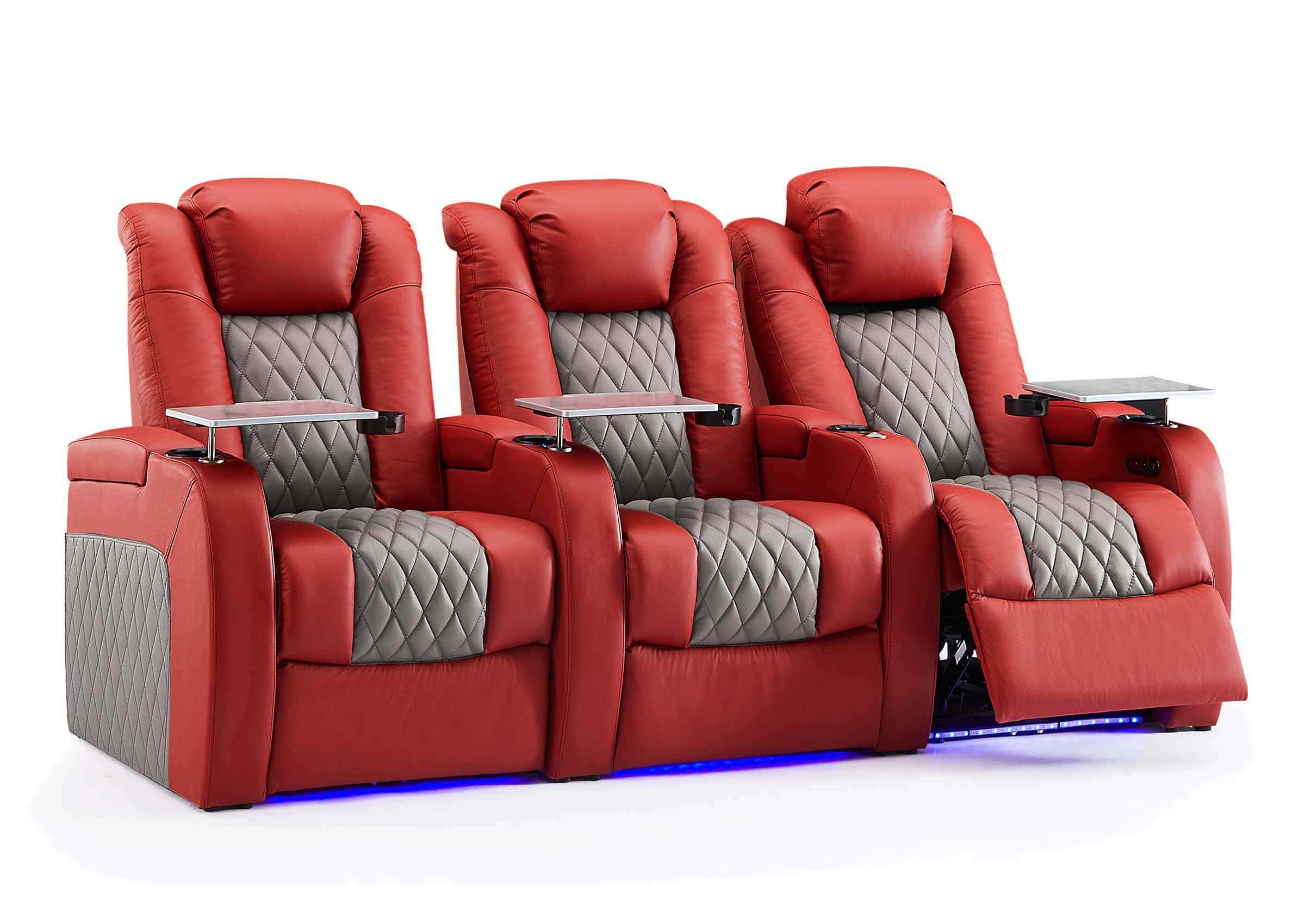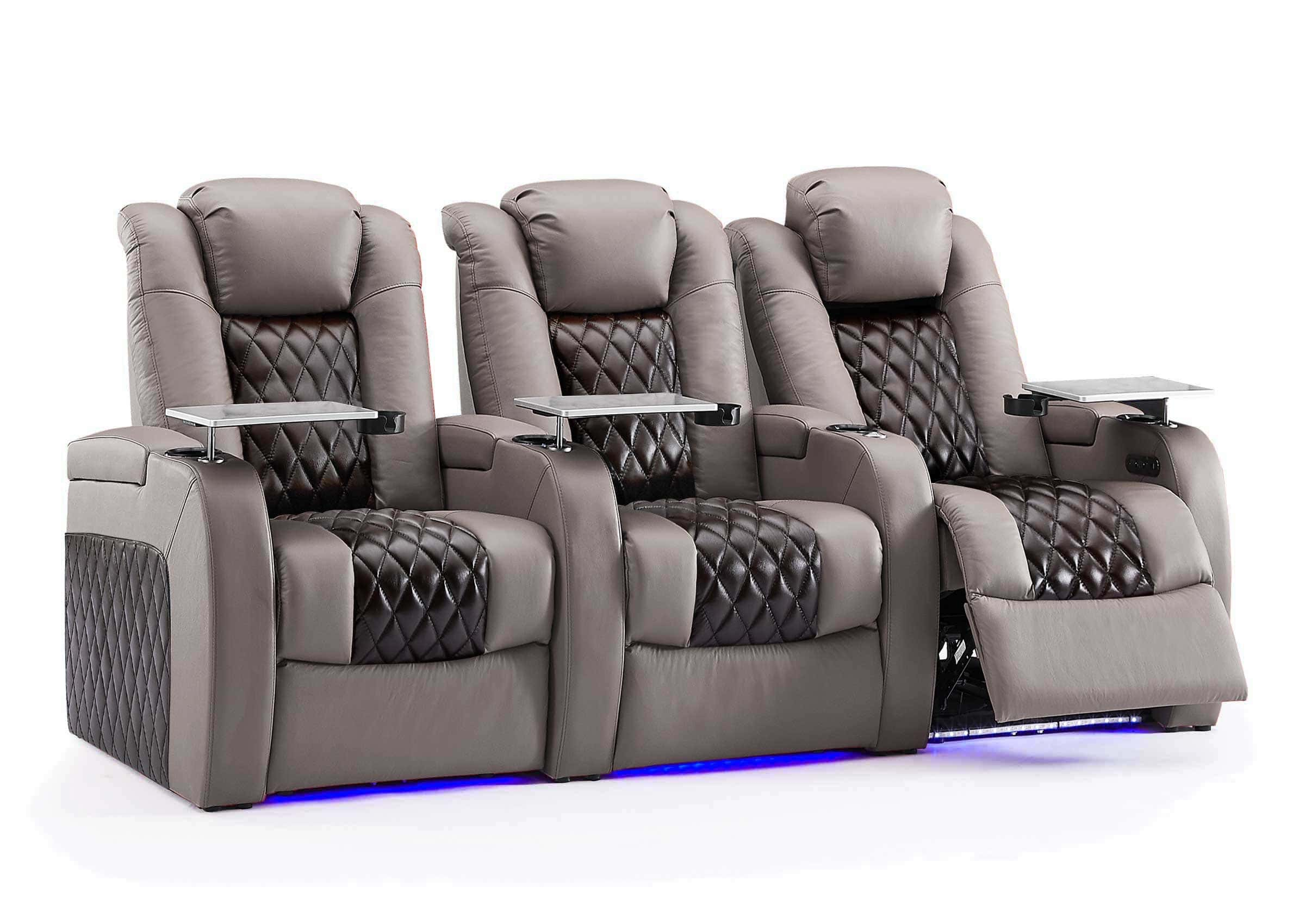An open concept home theater can make your living room look better, but it can be hard to keep up with. You might have trouble focusing on other things in your home, hearing good music, or having too much light. Whether you like movies or just TV shows, these problems should be fixed so that you can enjoy both more.
Issue 1: Sound Quality and Echoes in Open Concept Home Theaters
Problem:
There is a problem with the sound quality in open concept home theaters. Because they are so big and open, sound waves can travel too far. If they don't have walls around them, echoes can happen and sound can become fuzzy. Sound bounces off of hard objects like tiles and windows instead of being absorbed by them. This is a problem because it makes it hard to tell the difference between conversation and background noise.
Solution:
To fix sound quality issues, you can try these acoustic treatments:
Install Sound-Absorbing Panels and Rugs
These panels soak up sound waves and reduce echoes. Put them on ceilings and walls to cut down on shadows. Putting down area mats can help muffle noise that comes from floors that are hard. This makes the sound of conversation and background noise much clearer.
Use Heavy Curtains or Upholstered Furniture
Sheers that are too thick keep out light and sound. Cover windows with thick drapes to keep noise from coming in or going out. Sound energy is also absorbed by upholstered furniture, like soft chairs. This makes it quieter and more realistic to listen to.
Place Speakers Strategically
Sound is balanced when speakers are placed correctly. Place the speakers so that they are at ear level and face where you are sitting. This makes it clearer and lessens echos that you don't want. Try out different poses until you discover the best one.

Issue 2: Excessive Ambient Light in Open Concept Home Theaters
Problem:
In open-concept home rooms, too much light can make it hard to see. The screen is washed out by sunlight coming in through the windows, making it hard to see details. The problem is worse during the day, when the sun shines and makes things reflect and glare. This makes the picture dull and the movie or show less fun to watch.
Solution:
You can solve this problem by trying these strategies:
Install Blackout Curtains or Blinds
With blackout curtains, you can block out light that you don't want to see. They block out light and make the room dark, which is great for watching movies. If you don't want light to come in around the edges, choose curtains that are bigger than the windows.
Utilize Dimmable Lighting Fixtures
You can change how bright a room is with dimmable lights. Even if the lights are turned down, you can still see well enough to move around safely during a movie. Because of this, it's easy to switch between doing other things and watching movies.
Incorporate Smart Lighting Systems
You can change the lighting in your home theater even more with smart lights. It's possible to set them to dim when a movie starts and light when it stops. With pre-set sets, it's easy to change the lighting to fit any situation and always create the right mood.

Issue 3: Visual Distractions in Open Concept Home Theaters
Problem:
People often come in and out of open-concept home rooms. People often walk through places with a lot of traffic, which can be annoying. A lot of different activities can happen in shared areas at the same time, making noise and taking attention away from the screen. These things make it hard to fully enjoy TV shows or movies.
Solution:
To improve your viewing experience and minimize distractions, consider these strategies:
Use Furniture Arrangement to Create a Dedicated Viewing Zone
Set up your furniture to make a watching area that is clear and sharp. Place your home theater chairs so that they face the screen immediately. This will make the screen the clear center of attention. Couches and other large pieces of furniture can be used as barriers to keep people from entering a room.
Use Visual Cues Like Area Rugs or Decorative Partitions
Drawing attention to the theater area can help separate it from the rest of the room. A good area mat makes you feel more comfortable and shows where the movie zone ends. Choose a mat that fits your style and makes the room stand out.
Screens or walls that are just for looks can also block out distractions. These dividers make a wall that keeps people from talking to each other and improves the look of the room. To make the area more focused and fun, things like folding screens and bookshelves work well.

Issue 4: Limited Seating Arrangements in Open Concept Home Theaters
Problem:
It can be hard to set up seats in open-concept home theaters so that you can get the best view. The plan might limit the number of seats that can fit while still giving everyone a good view. It's also important to find a balance between comfort and space economy. For example, furniture that's too big for the room can make it feel squished and unwelcoming.
Solution:
To address these seating challenges, consider implementing flexible furniture design solutions:
Opt for Modular or Reclining Seating Options
When you choose modular home theater seats, you can arrange it in more ways. It's easy to move and rearrange these pieces to meet different wants and tastes. With reclining choices, viewers can find the most comfortable position for their viewing experience. This is especially helpful in open areas where the plan may need to change depending on what's going on or how many people are there.
Arrange Seats to Maximize Sight Lines and Comfort
When you move seats, make sure that everyone can see the screen clearly by putting sight lines first. If you can, arrange the seats so that they are not all in the same place. This will help raise the back rows a bit above the front ones. This setup not only makes it easier to see, but it also makes watching better overall by keeping things out of the way of everyone's view.

Issue 5: Exposed Cables and Clutter in Open Concept Home Theaters
Problem:
One common issue in open concept home theaters is the presence of exposed cables and clutter, which can disrupt the aesthetic appeal of the space. Unsightly wires can hang down from wall-mounted TVs or accumulate behind entertainment units, creating a chaotic look. Additionally, equipment placement in open layouts can lead to tangled cords that are difficult to manage, making it challenging to maintain a clean and organized environment.
Solution:
To tackle the problem of exposed cables, consider implementing these effective concealment techniques:
Utilize Cable Management Systems and Wireless Technologies
Cable management systems help organize and hide wires effectively. These systems include cable ties, clips, and sleeves that bundle cables together, preventing tangles and reducing visual clutter. For a cleaner look, consider using wireless technologies where possible. Many modern devices support wireless connections for audio and video, which can eliminate the need for numerous cables altogether.
Build Custom Cabinetry or Shelving
Creating custom cabinetry or shelving can provide a discreet space to house your equipment. By integrating your devices into built-in units, you can keep them out of sight while ensuring easy access. This approach not only reduces clutter but also enhances the overall design of your home theater.

Issue 6: Privacy and Noise Disturbance in Open Concept Home Theaters
Problem:
In open concept home theaters, privacy can be a concern. Shared spaces often lack the separation needed for an immersive experience, making it hard to focus on the film or show. Additionally, household noises from other activities can easily disrupt viewing, as sounds travel freely in open areas. This can lead to distractions that take away from the enjoyment of your home theater.
Solution:
To improve privacy and reduce noise disturbances, consider these practical solutions:
Install Sliding Doors or Room Dividers
Adding sliding doors or room dividers can help create a more private viewing area when needed. These barriers can be closed during movie time to block out noise and provide a sense of seclusion. When not in use, they can be easily opened to maintain the open layout of your space.
Use High-Quality Headphones
For personal listening experiences, high-quality headphones are a great option. They allow individuals to enjoy movies or shows without disturbing others in the household. This is especially useful in shared spaces where background noise might interfere with audio clarity.
Implement Soundproofing Techniques
To reduce noise travel, consider specific soundproofing measures:
- Adding Heavy Curtains: Thick curtains can help block outside noise and prevent sound from escaping.
- Using Acoustic Panels: Installing panels on walls can absorb sound and minimize echoes.
- Sealing Gaps: Ensure that gaps around doors and windows are sealed to prevent sound leakage.
This approach will enhance the overall viewing experience, allowing for greater enjoyment during movie nights.
Create Your Perfect Open Concept Home Theater!
Addressing the challenges of an open concept home theater is essential for an enjoyable viewing experience. By focusing on sound quality, lighting control, visual distractions, seating arrangements, equipment integration, and privacy, you can significantly enhance your space. Implementing the solutions discussed will help you create a comfortable and inviting environment where movie nights become a true pleasure.








